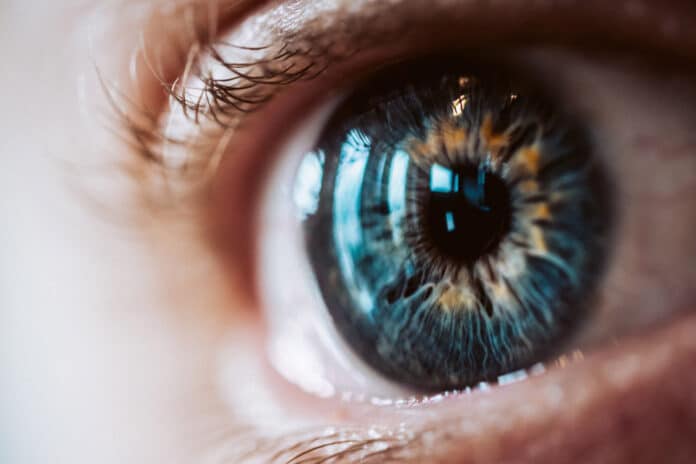Detecting and recognizing biological motion (BM) is critical for survival and interpersonal communication. However, its perception is severely affected when BM is shown upside down. This well-known inversion effect is thought to be induced by a live motion sensing mechanism extremely sensitive to gravity-compatible motion cues.
A person’s internal cognitive processing, which reflects their experience of life motion, is greatly influenced by their pupil size.
The Chinese Academy of Sciences Jiang Yi-led research team discovered that high-level social cognitive processes, such as the perception of living motion unfolding in the pupils of the eyes, can also be reflected in pupil size.
It is questionable if the high biological motion sensitivity of the human visual system can be quantified with any degree of objectivity using the no-report approach.
They effortlessly notice the motions of living things in our daily life, such as cats running in the yard or people walking in a train station. According to earlier studies, the human visual system is extremely sensitive to biological motion information.
The study measured the size of the observers’ pupils. At the same time, they watched biological motion. They discovered that upright biological motion was substantially larger than its inverted equivalents.
This impact may be extended to local foot motion signals and vitally depends on the dynamic biological characteristics of the eyes.

The researchers in this study measured the observers’ pupils as they viewed the biological movements in turn. They discovered that the pupil size was noticeably larger when observers saw biological motion in an upright position as opposed to their inverted counterparts.
These findings demonstrate that the pupil of the eye can indicate life motion perception and offer further empirical proof that the pupil can register the processing of bio-social data.
The significance of motion cues linked with gravity is also emphasized in how we perceive biological motion. This work lays the way for the future use of pupillary responses in diagnosing the lack of living motion perception in people with socio-cognitive problems due to pupillometry’s ease, objectivity, and non-invasiveness.
The National Natural Science Foundation of China and the Chinese Ministry of Science and Technology funded the study.
Journal Reference:
- Cheng, Y., Yuan, X. & Jiang, Y. Eye pupil signals life motion perception. Attention, Perception & Psychophysics. DOI: 10.3758/s13414-023-02729-x
